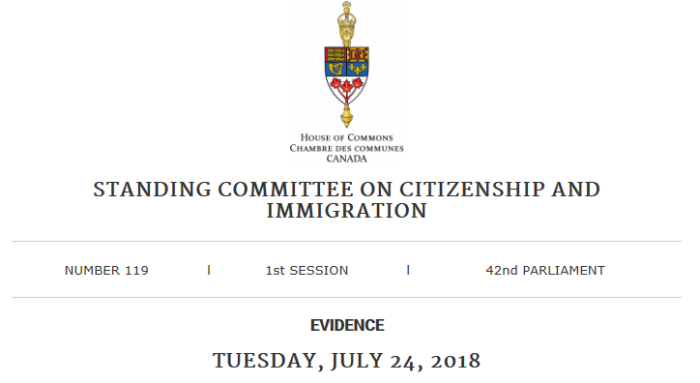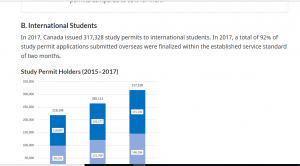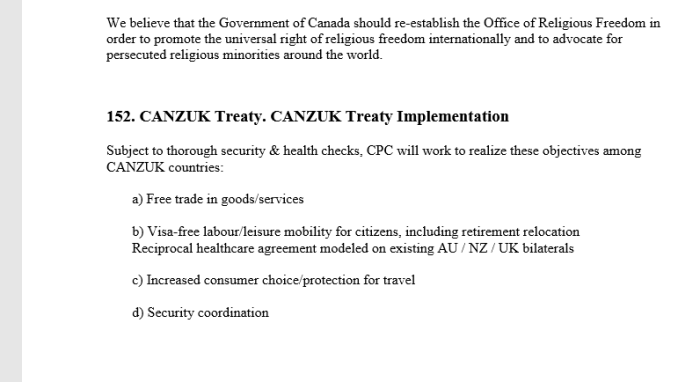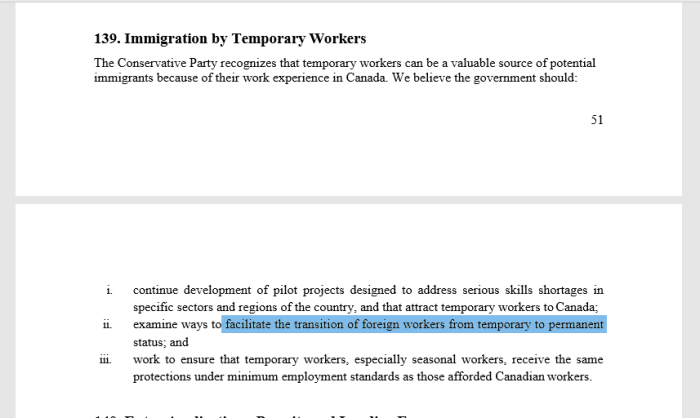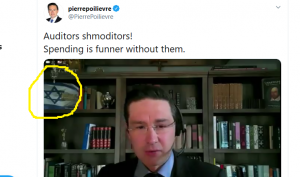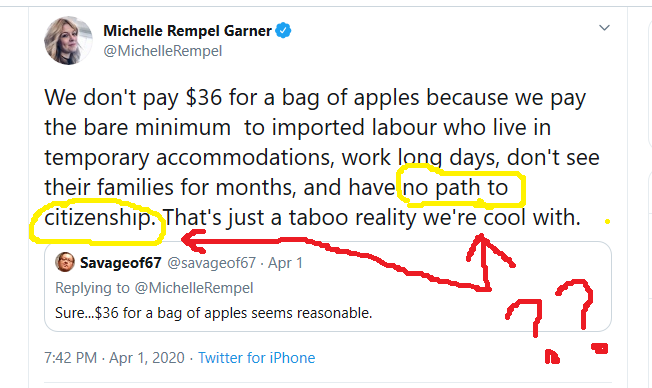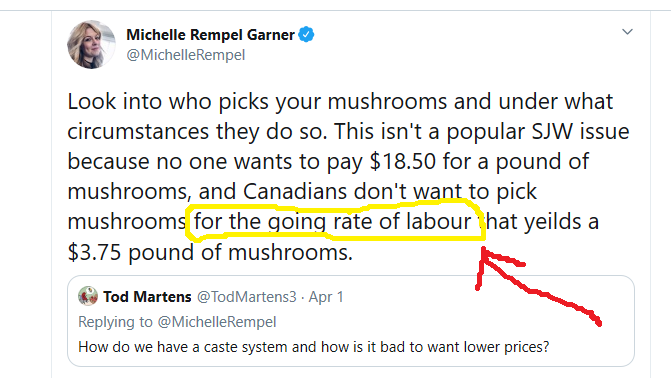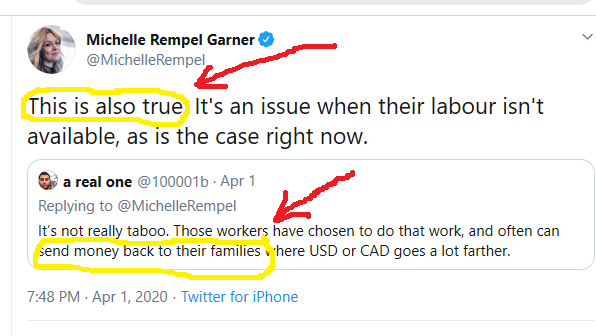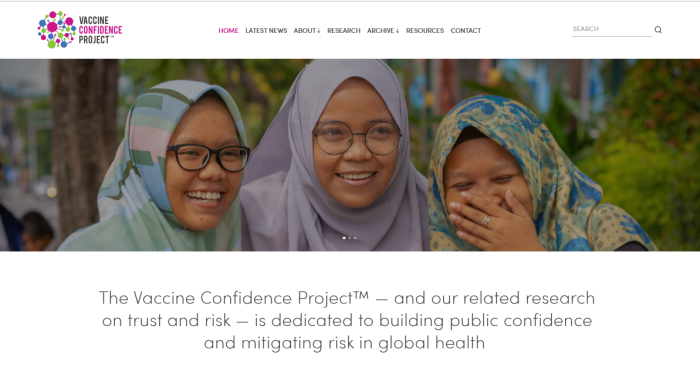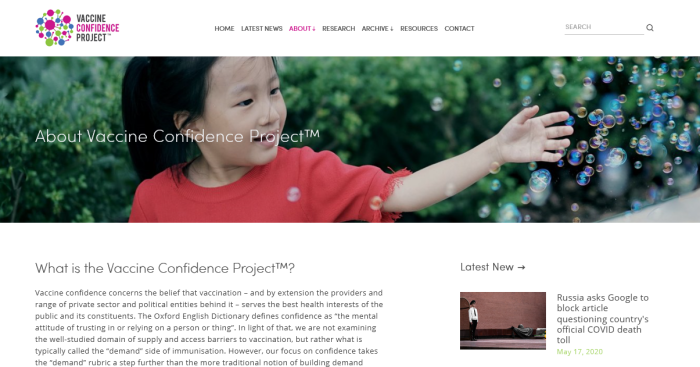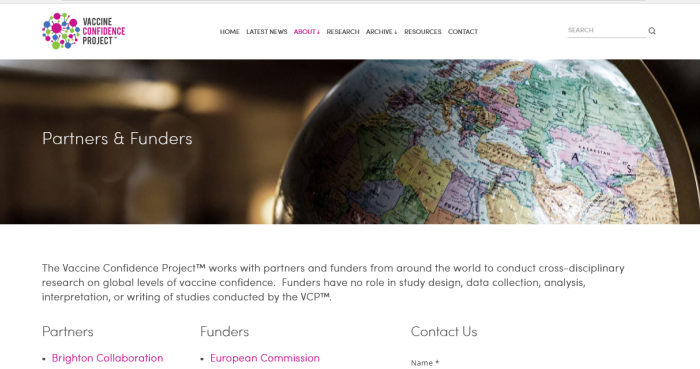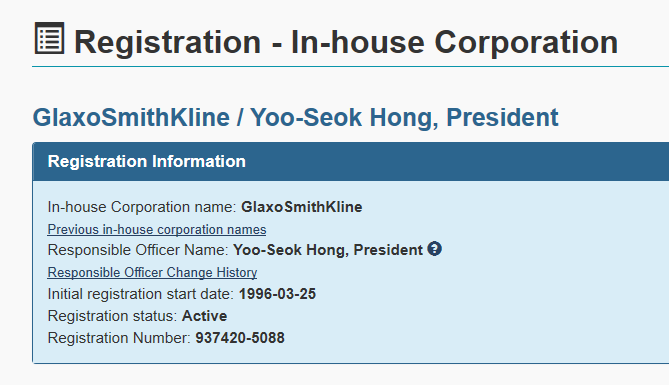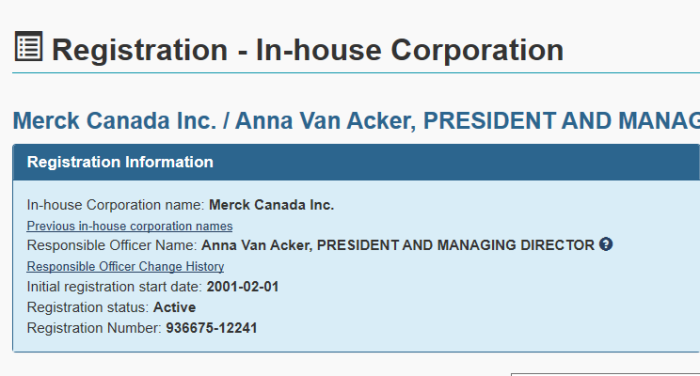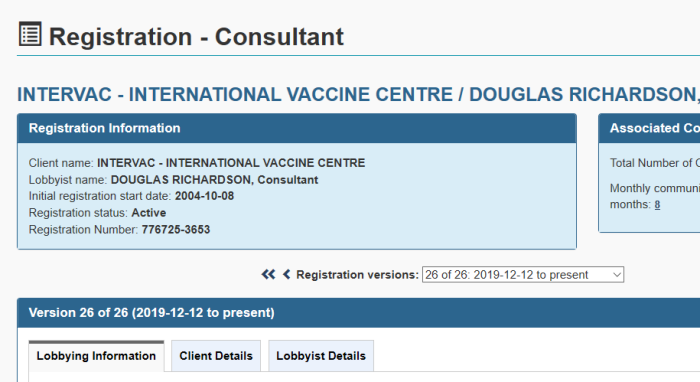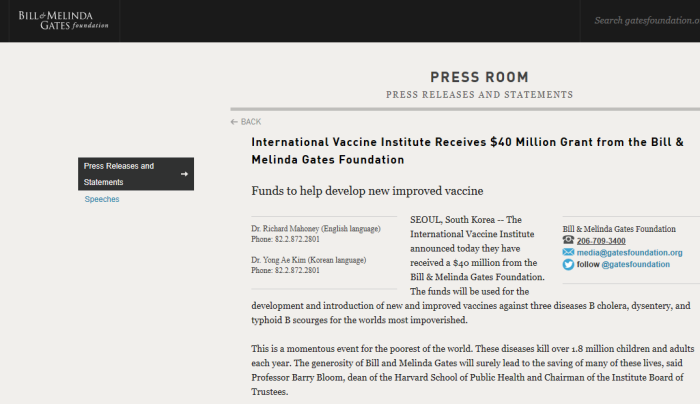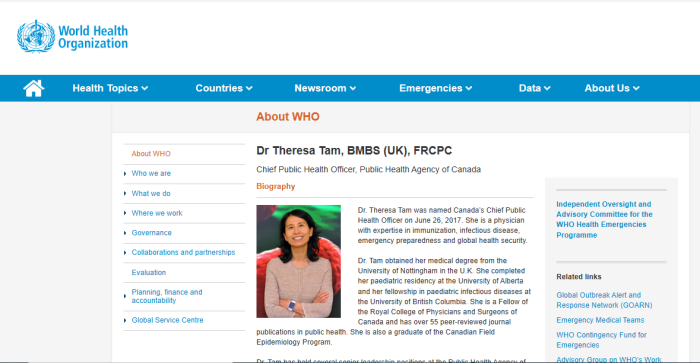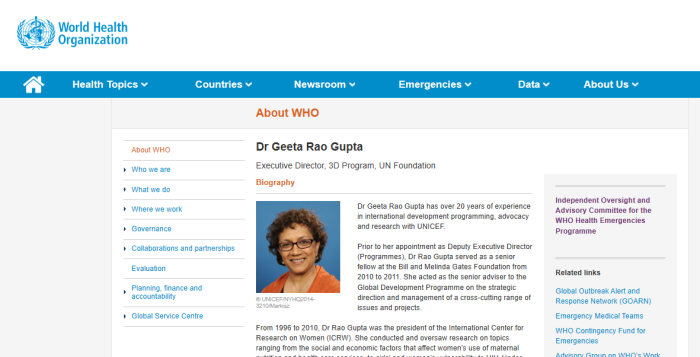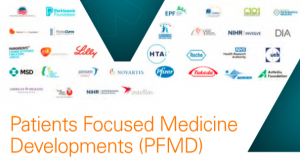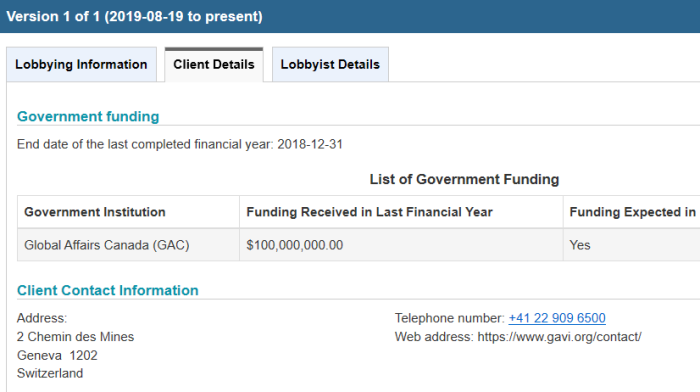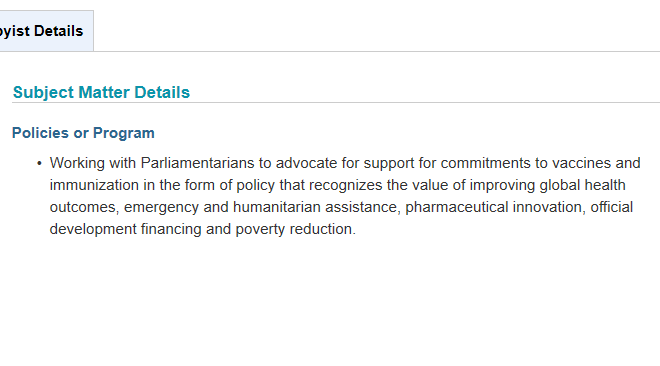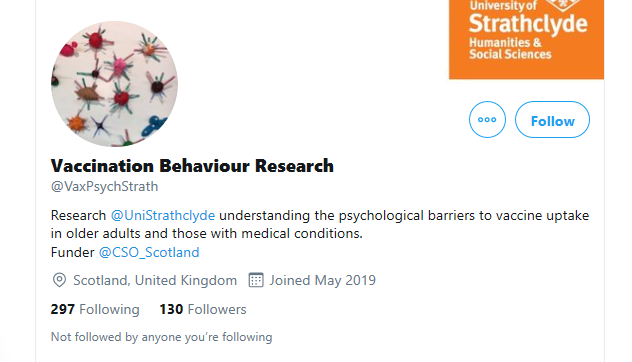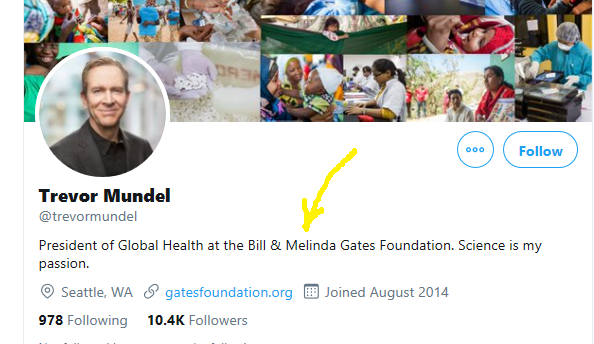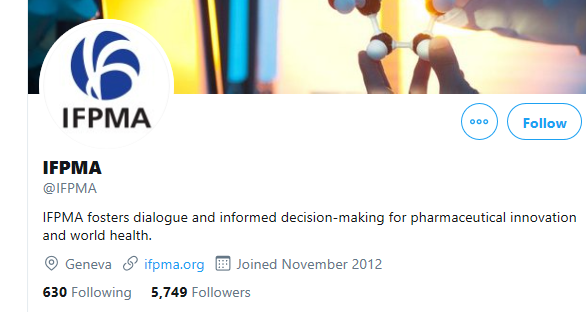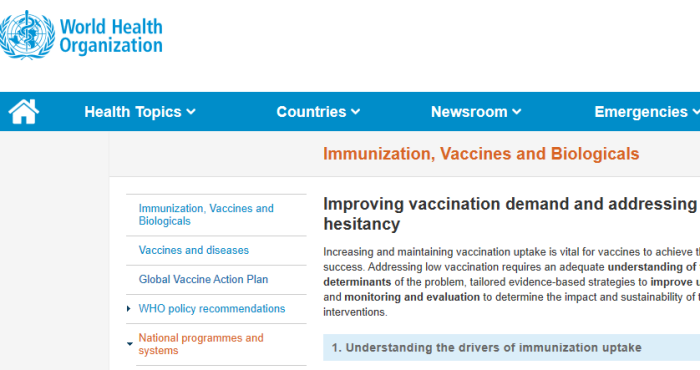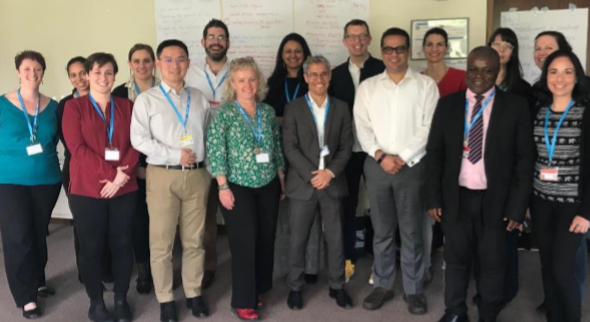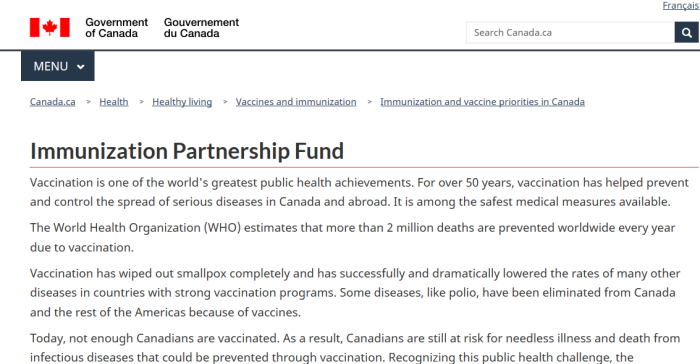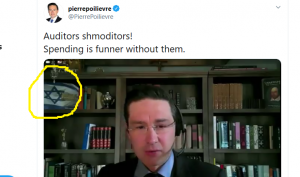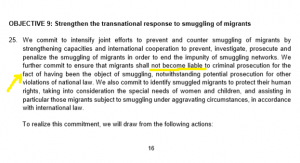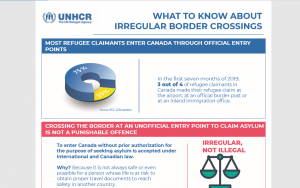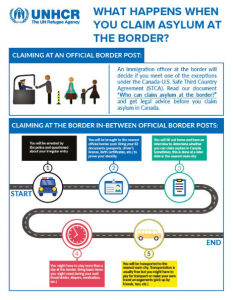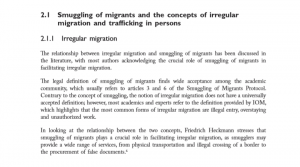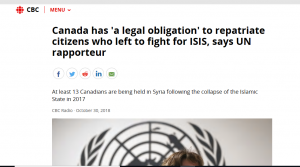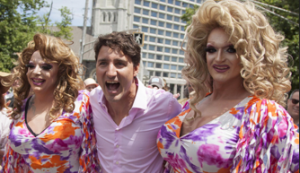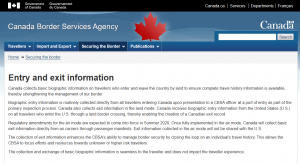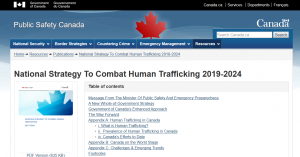

1. Media Bias, Lies, Omissions And Corruption
CLICK HERE, for #1: Unifor in bed with Federal Gov’t
CLICK HERE, for #2: Global News’ selective truth on TRP granted.
CLICK HERE, for #3: Post Media owning most Canadian media.
CLICK HERE, for #4: conservative content dominated by Koch/Atlas.
CLICK HERE, for #5: origins of Malcolm’s “charity” True North Canada.
CLICK HERE, for #6: the people running the Post Millennial.
CLICK HERE, for #7: how to do research, investigative journalism.
CLICK HERE, for #8: Koch/Atlas both sides, AB court challenge.
CLICK HERE, for #9: picking up on predictive programming.
2. Important Links
CLICK HERE, for the Trudeau Foundation.
CLICK HERE, from announcement from Allan Rock.
http://archive.is/n8Y7Z
annual.report.trudeau-2014-2015_en_web
CLICK HERE, for Euro Climate Foundation founder.
http://archive.is/K1mHy
CLICK HERE, for Lavalin, $200M McGill grant, David Lametti.
CLICK HERE, for SNC Lavalin lobbying entire parliament.
CLICK HERE, for McCall MacBain’s $200M gift to McGill.
http://archive.is/t5Aoi
CLICK HERE, for Trudeau Foundation funding.
http://archive.is/fsEU9
CLICK HERE, for Sheila Fraser, Auditor General.
http://archive.is/L7XFW
3. Context For This Article
Why doesn’t the mainstream media take a deeper look into the Trudeau Foundation? It could be that many prominent members of the media are MEMBERS of the Trudeau Foundation. Hard to be objective while being part of the group. The next section shows some of the people involved.
Of course, the 2018 announcement to heavily subsidize the media likely played a role as well. It doesn’t make sense from a business perspective to bite the hand that feeds you.
The Trudeau Foundation received a $125 million startup grant from the Federal Government in 2002, with all parties supporting. What has happened to the money? Seems that the Foundation still has it, and has invested it.
There’s a lot about the Foundation that the public is unaware of. Let’s take a look into it.
4. Media Is Part Of Trudeau Foundation
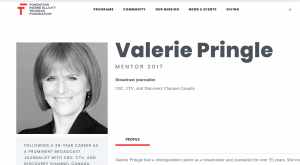

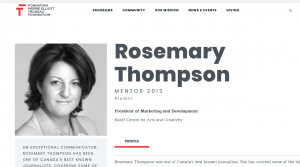
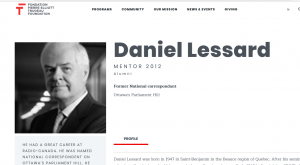
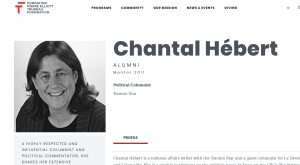
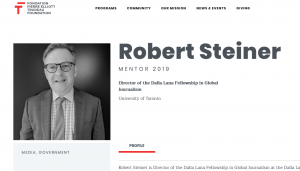

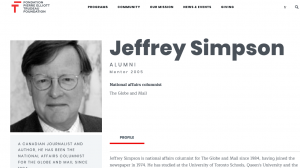

Yes, this could very well be why the Canadian media seems to have little interest in digging into Elizabeth May, or into the Trudeau Foundation more broadly. Huge conflict of interest here.
- Susan Delacourt
- Chantel Hebert
- Daniel Lessard
- Valerie Pringle
- John Stackhouse
- Jeffrey Simpson
- Robert Steiner
- Rosemary Thompson
- Marie Wilson
Does anyone look familiar? They should. This isn’t all of the names, but a quick look at the mainstream media in Canada having some of their people as part of the Trudeau Foundation.
Pretty hard to hold Trudeau or his government accountable for their actions when the media is part of the same swamp. And let’s look at some more names in this group.
5. Powerful People In Foundation
Other current and former members include:
- Ex-Chief Justice Beverley McLachlin
- Ex-Supreme Court Justice Thomas Cromwell
- Ex-Supreme Court Justice Louis LeBel
- Ex-Supreme Court Justice Marie DesChamps
- Ex-BC Supreme Court Judge Lynn Smith
- Ex-Senator Michael Fortier
- Ex-NDP Leader Ed Broadbent
- Ex-Opposition Leader Megan Leslie
- Ex-Cabinet Minister Chuck Strahl
- Ex-Attorney General Anne McLellan
- Ex-Deputy Attorney General John Sims
- Ex-Deputy Minister Michael Horgan
- Ex-Quebec Premier Philippe Couillard
- Ex-PEI Premier Wade MacLauchlan
- SNC Lavalin Director Jacques Bougie
- Roy. L Heenan (Heenan Blaikie Partner)
- John H McCall MacBain (Euro Climate Founder)
The Trudeau Foundation comprises Justices, and many high ranking officials from across parties. Elizabeth May is just one of the people in this organization. So why isn’t this heavily reported by the media? Also, how much money does the Foundation take in annually?
6. Corporate Documents & Info
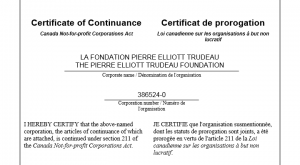
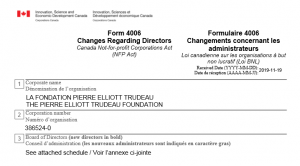

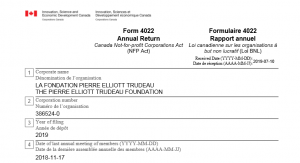
This isn’t all of them, of course, but a few that are available publicly.
Trudeau.01.Bylaws.2020
Trudeau.02.certificate.of.continuance
Trudeau.03.director.change.david.emerson.out.2016
Trudeau.03.director.change.macbain.out
Trudeau.04.notice.of.filing.return.2019
7. Taxpayer Start Up Money
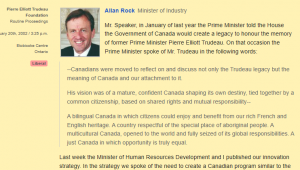
Last week the Minister of Human Resources Development and I published our innovation strategy. In the strategy we spoke of the need to create a Canadian program similar to the Rhodes scholarships to promote excellence, encourage those who seek it and reward those who achieve it.
I am honoured to announce today that the Government of Canada will endow the Pierre Elliott Trudeau Foundation with $125 million allocated in the budget to enable the creation of a truly world class program for advanced studies in the humanities.
The Foundation will award internationally competitive doctoral fellowships, similar in value and stature to the Rhodes, so that Canadian universities will continue to attract the very best students from our own country, and around the world. And all of this, in the name of Pierre Elliott Trudeau.
What is a more fitting legacy to man who symbolized youth, excellence and the innovative spirit?
The innovation agenda that we announced last week spoke of creating in Canada a culture of excellence to strengthen our economy and to increase our prosperity, but excellence is not measured by material progress alone. Yes, we want the highest standard of living in the world. We want to make the best products and services to create a research climate that will fire technological achievement and spur scientific discovery. The knowledge economy demands no less. Together we will do all of that and more.
It was announced in 2002 that $125 million of taxpayer money would be used to launch the Trudeau Foundation. This would be the equivalent to creating Rhodes scholars.
8. Recent Taxes/Revenues Of “Charity”

Reporting Period Ending August 31, 2015
Here are the Directors at the time.
Receipted donations $617,210.00 (7.17%)
Non-receipted donations $16,251.00 (0.19%)
Gifts from other registered charities $1,000.00 (0.01%)
Government funding $0.00 (0.00%)
All other revenue $7,977,622.00 (92.63%)
Total revenue: $8,612,083.00
Charitable programs $5,891,783.00 (89.40%)
Management and administration $683,008.00 (10.36%)
Fundraising $0.00 (0.00%)
Political activities $0.00 (0.00%)
Gifts to other registered charities and qualified donees $15,521.00 (0.24%)
Other $0.00 (0.00%)
Total expenses: $6,590,312.00
Compensation
Total compensation for all positions
$971,144.00
Full-time employees (9)
Part-time employees (2)
Professional and consulting fees
$376,636.00
Compensated full-time positions:
$40,000 to $79,999 (5)
$80,000 to $119,999 (3)
$250,000 to $299,999 (1)
Reporting Period Ending August 31, 2016
Here are the Directors at that time.
Receipted donations $122,066.00 (2.72%)
Non-receipted donations $122,798.00 (2.74%)
Gifts from other registered charities $52,500.00 (1.17%)
Government funding $0.00 (0.00%)
All other revenue $4,191,679.00 (93.38%)
Total revenue: $4,489,043.00
Charitable programs $6,551,877.00 (88.80%)
Management and administration $686,611.00 (9.31%)
Fundraising $124,183.00 (1.68%)
Political activities $0.00 (0.00%)
Gifts to other registered charities and qualified donees $15,250.00 (0.21%)
Other $0.00 (0.00%)
Total expenses: $7,377,921.00
Compensation
Total compensation for all positions
$1,186,681.00
Full-time employees (9)
Part-time employees (3)
Professional and consulting fees
$349,738.00
Compensated full-time positions:
$40,000 to $79,999 (5)
$80,000 to $119,999 (2)
$120,000 to $159,999 (1)
$250,000 to $299,999 (1)
Reporting Period Ending August 31, 2017
Charitable programs $5,189,590.00 (85.03%)
Management and administration $733,680.00 (12.02%)
Fundraising $164,533.00 (2.70%)
Political activities $0.00 (0.00%)
Gifts to other registered charities and qualified donees $15,200.00 (0.25%)
Other $0.00 (0.00%)
Total expenses: $6,103,003.00
Strangely, very strangely, there is no REVENUE being reported here. Did they not take any in, or is it just missing from the filings that are available? Let’s look at the T3010 for more information.
Compensation
Total compensation for all positions
$1,204,006.00
Full-time employees (11)
Part-time employees (2)
Professional and consulting fees
$409,860.00
Compensated full-time positions:
$40,000 to $79,999 (7)
$80,000 to $119,999 (2)
$120,000 to $159,999 (1)
$250,000 to $299,999 (1)
Reporting Period Ending August 31, 2018
Here are the Directors listed at that time.
Receipted donations $25,374.00 (0.42%)
Non-receipted donations $39,503.00 (0.65%)
Gifts from other registered charities $50,000.00 (0.82%)
Government funding $0.00 (0.00%)
All other revenue $5,996,497.00 (98.12%)
Total revenue: $6,111,374.00
Charitable programs $3,996,014.00 (72.03%)
Management and administration $1,124,793.00 (20.27%)
Fundraising $412,005.00 (7.43%)
Political activities $0.00 (0.00%)
Gifts to other registered charities and qualified donees $15,000.00 (0.27%)
Other $0.00 (0.00%)
Total expenses: $5,547,812.00
Compensation
Total compensation for all positions
$1,418,973.00
Full-time employees (10)
Part-time employees (8)
Professional and consulting fees
$801,966.00
Compensated full-time positions:
$40,000 to $79,999 (6)
$80,000 to $119,999 (2)
$120,000 to $159,999 (1)
$250,000 to $299,999 (1)
Reporting period ending August 31, 2019
Here are the Directors listed on the T3010
Receipted donations $7,917.00 (0.13%)
Non-receipted donations $135,618.00 (2.23%)
Gifts from other registered charities $0.00 (0.00%)
Government funding $0.00 (0.00%)
All other revenue $5,936,983.00 (97.64%)
Total revenue: $6,080,518.00
Charitable programs $5,560,040.00 (86.25%)
Management and administration $739,268.00 (11.47%)
Fundraising $135,708.00 (2.11%)
Gifts to other registered charities and qualified donees $11,350.00 (0.18%)
Other $0.00 (0.00%)
Total expenses: $6,446,366.00
Compensation
Total compensation for all positions
$1,361,701.00
Full-time employees (11)
Part-time employees (5)
Professional and consulting fees
$607,970.00
Compensated full-time positions:
$1 to $39,999 (1)
$40,000 to $79,999 (5)
$80,000 to $119,999 (4)
$250,000 to $299,999
As the data shows (and it’s all freely available on the CRA website), the Foundation takes in millions annually. Why isn’t the group and its donors more carefully probed by the media?
It could be that several members of the mainstream media in Canada are also part of the Trudeau Foundation. Can’t exactly hold these people to account when they are part of the swamp as well.
NOTE: Revenue Canada was contacted for earlier tax information. They responded that they are busy with the CERB and related issues, and that this will take time.
9. MSM Not Reporting Investment Income

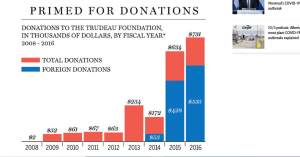
Interesting article from the National Post, covering John McCall MacBain and other foreign donation. For the most part, this is a wealth of information.
John McCall MacBain, a Canadian businessman, is a founder of the McCall MacBain Foundation and chairman of the Trudeau Foundation. MacBain is the 75th richest person in Canada and has a net worth of $1.37 billion, according to Canadian Business magazine.
He sold his global classified-advertising empire in 2006. Yellow Pages bought the Canadian branch, called Trader Canada, for $760 million. MacBain now lives in Switzerland but comes to Canada regularly to give money to universities and other education-related charities.
The $53,000 foreign donation in 2014 was a single contribution from the McCall MacBain Foundation, with the Switzerland-based foundation giving $428,000 in 2015 and Google accounting for the rest. The McCall MacBain Foundation donated $500,000 in 2016, with the remaining $35,000 coming from four Canadians affiliated with the Trudeau Foundation and living outside Canada, according to the foundation.
| Date | Receipt | Non-Receipt | Other | Total |
|---|---|---|---|---|
| Aug 2015 | $617,210 | $16,251 | $7,977,622 | $8,612,083 |
| Aug 2016 | $122,066 | $122,798 | $4,191,679 | $4,489,043 |
| Aug 2017 | $277,173 | $42,790 | $3,884,907 | $-1,948,070 |
| Aug 2018 | $25,374 | $39,503 | $5,996,497 | $6,111,374 |
| Aug 2019 | $7,917 | $135,618 | $5,936,983 | $6,080,518 |
In 2017, returns in interest and investment was the bulk of revenue for the Foundation. Note: the totals will not add up exactly, since a few smaller categories are not included.
The problem here, and what Canadians should view as a problem, is that the $125 million grant from the Canadian Government (or Canadian taxpayers really) is being used to generate investment income for the Trudeau Foundation.
In other words, this $125 grant was financed by added debt by the Canadian public, without any sort of debate or democratic referendum. The public pays interest (thanks to the International Banking Cartel the Government supports). However, this money sits in the Foundation’s covers and generates more money.
The public is forced to debt finance the grant that the Foundation makes a few million from annually. Yet no debate on that takes place in the House of Commons. All parties seem to support it.
10. Start Up Money Being Invested?
Information from T3010 in recent years
| Date | Line In Taxes | Total Assets |
|---|---|---|
| Aug 2015 | 4200 | $156,683,101.00 |
| Aug 2016 | 4200 | $155,404,971.00 |
| Aug 2017 | 4200 | $147,268,800.00 |
| Aug 2018 | 4200 | $146,058,014.00 |
| Aug 2019 | 4200 | $145,483,356.00 |
The $125 million startup from 2002 is still here, apparently still gathering interest and other returns. Interesting how Canadian money (debt financed) is used to act as a grant for the Trudeau Foundation, and it sits in holding.
| Date | Line In Taxes | Total Assets |
|---|---|---|
| Aug 2015 | 4580 | $4,188,165.00 |
| Aug 2016 | 4580 | $3,618,791.00 |
| Aug 2017 | 4580 | $3,884,907.00 |
| Aug 2018 | 4580 | $3,055,669.00 |
| Aug 2019 | 4580 | $2,618,185.00 |
11. John McCall MacBain

John H. McCall MacBain is Founder of Pamoja Capital and Co-Founder and Chair of the McCall MacBain Foundation. Previously, Mr. McCall MacBain was the Founder, President and CEO of Trader Classified Media, the world’s leading company in the classified advertising sector. He served as the President and Chief Executive Officer since the inception of the business in 1987 until its sale in 2006.
A Canadian from Niagara Falls, Mr. McCall MacBain is a founding chair of the European Climate Foundation. He is also Chair of the McGill Principal’s International Advisory Board, Second Century Founder of the Rhodes Trust, director of the Mandela Rhodes Foundation in Cape Town and an Officer of the Order of Canada.
Mr McCall MacBain is a Rhodes Scholar (Oxford, M.A. Law), a Harvard M.B.A. and an Honours B.A. graduate in Economics from McGill University. He holds honourary degrees from Dalhousie University, the University of Ottawa, McGill University and Brock University in Canada, as well as Monash University in Melbourne.
John McCall MacBain founded the European Climate Foundation, and was also the head of the Trudeau Foundation at one point. This dual role makes it easier to get taxpayer money sent to environmental causes.
(then Parliamentary Secretary to Minister for ISED, David Lametti, met with SNC Lavalin President Neil Bruce)
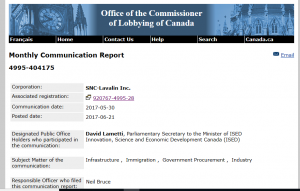
(McGill University Law Professor, David Lametti, Who is on leave while he sits as the Attorney General of Canada)
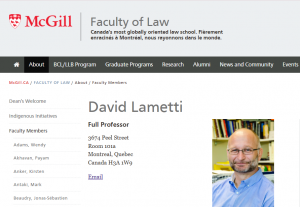
(February 13, 2019, McGill University is “gifted” $200M)

(The $200M gift to McGill came from John McCall MacBain, European Climate Foundation founder, and Chairman of the Board of the Trudeau Foundation).
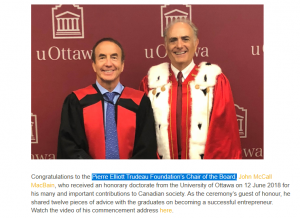
Today, John and Marcy McCall MacBain announced the creation of the McCall MacBain Scholarships at McGill through a landmark gift of $200 million (Canadian), the single-largest gift in Canadian history.
The McCall MacBain Scholarships at McGill will provide outstanding students from Canada and internationally with the opportunity to pursue a master’s or professional degree, combined with a world-class enrichment program.
In addition to full funding to cover tuition and fees plus a living stipend, scholars will benefit from mentorship and immersive learning experiences including retreats, workshops and internships. It will be the most generous and comprehensive graduate scholarship to exist at this level in Canada.
In initiating this gift in honour of McGill’s bicentennial, the McCall MacBains and their Foundation recognize an important gap in the Canadian higher education landscape: that there is currently no comprehensive, leadership-driven scholarship in the country for master’s and professional degree students. As a result, the McCall MacBain Scholarships will invest in students who are developing expertise in their respective fields and have a track record of collaborating with others to understand and address important problems and challenges. By creating Canada’s first comprehensive scholarship at this level – one that builds on but is not limited to academic excellence – John and Marcy McCall MacBain hope to bring together a resilient community of students dedicated to solving pressing global issues and complex problems, to ultimately improve the lives of others.
Within days of John McCall MacBain announcing a $200 million grant to McGill University, new Attorney General David Lametti announced that he was still willing to consider a deferred prosecution for SNC Lavalin.
12. Sponsorship Scandal A Diversion?
A cynic might wonder if the media outrage at the Sponsorship Scandal was designed to divert attention away from the $125 million being used to start up the Trudeau Foundation.
There is also this competing theory that the Sponsorship hype was meant to divert attention from something else. Jack Layton and Elizabeth May know full well about the international banking cartel. However they act as controlled opposition and remain silent.
Whatever the specific cause, there’s no denying that the focus on this one program diverted the public’s attention from other issues. It’s as if the media was part of the system they claim to be holding to account.
13. Getting A More Complete Picture
Many members of the mainstream media are part of the Trudeau Foundation. This conflict of interest makes it impossible for the Foundation to be covered and held to account in any meaningful way.
The 2018 economic update which allotted $595 million to subsidize media outlets amounts to bribery. However, controlling the media started long before that.
Supreme Court Justices and members of all political parties are part of the Foundation as well. Looking at the vast range shows how the group has influence in all major aspects of public life.
The $125 million startup that the Foundation received in 2002 is still there. It’s being used to generate millions of return investment every year. The donations that it receives it paltry by comparison. The article contains tax information for the last 5 years, and Revenue Canada has been contacted for more. It’s reasonable to ask if the Sponsorship Scandal was used to divert attention from the grant that the Foundation got.
John McCall MacBain has his fingers in many pies. He also donated $200 million to McGill University days after new Attorney General, David Lametti, announced he would reconsider giving SNC Lavalin a deferred prosecution. The DPA would allow Lavalin to still be awarded Federal contracts.
In effect, the Trudeau Foundation acts as a propaganda outlet. Media outlets and aspiring journalists/researchers are able to use it as a source of income to promote Liberal agendas and talking points.


